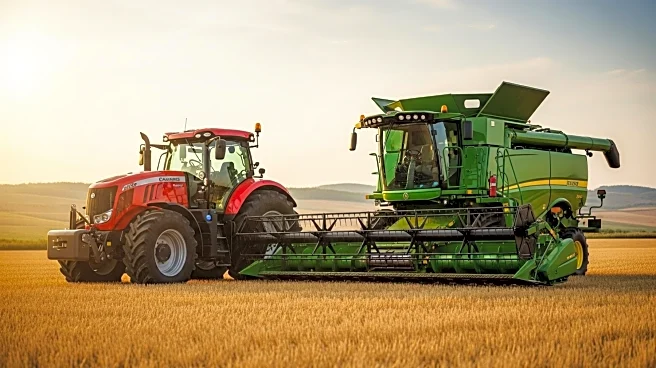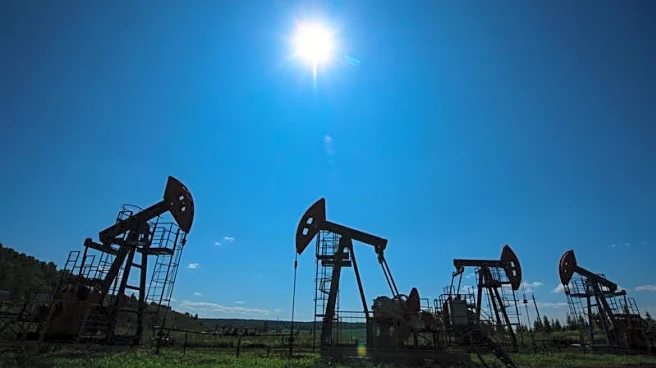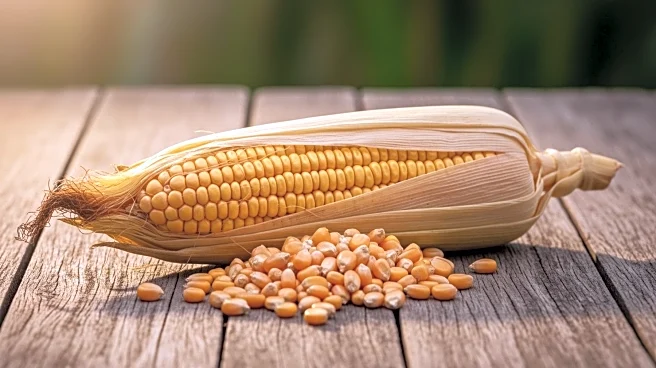What's Happening?
The Association of Equipment Manufacturers (AEM) has reported a significant decline in U.S. farm tractor and combine sales for August 2025. Tractor sales dropped by 8.2%, while combine sales fell by 34.6% compared to the same period in 2024. The decline is attributed to economic pressures such as trade concerns, high interest rates, and input costs, which have led farmers to adopt a cautious approach to capital investments. In contrast, Canadian combine sales saw a notable increase, highlighting regional differences in market dynamics.
Why It's Important?
The decline in farm equipment sales reflects broader economic challenges facing the agricultural sector. Farmers are grappling with financial constraints that impact their ability to invest in new machinery, which could affect productivity and operational efficiency. This trend may also have ripple effects on equipment manufacturers and suppliers, potentially leading to reduced production and workforce adjustments. The cautious sentiment in the market underscores the need for stability and supportive policies to bolster the agricultural economy.
What's Next?
As farmers head into the harvest season, there may be increased focus on managing operational costs and optimizing existing resources. Stakeholders in the agricultural equipment industry may seek to innovate and offer more cost-effective solutions to meet farmers' needs. Additionally, policymakers may consider measures to address economic pressures and support the agricultural sector, potentially influencing future sales trends.
Beyond the Headlines
The decline in equipment sales highlights the importance of strategic planning and risk management in agriculture. It also raises questions about the long-term sustainability of current farming practices and the need for technological advancements to enhance resilience. The situation may prompt discussions on the role of government support and industry collaboration in navigating economic challenges.












